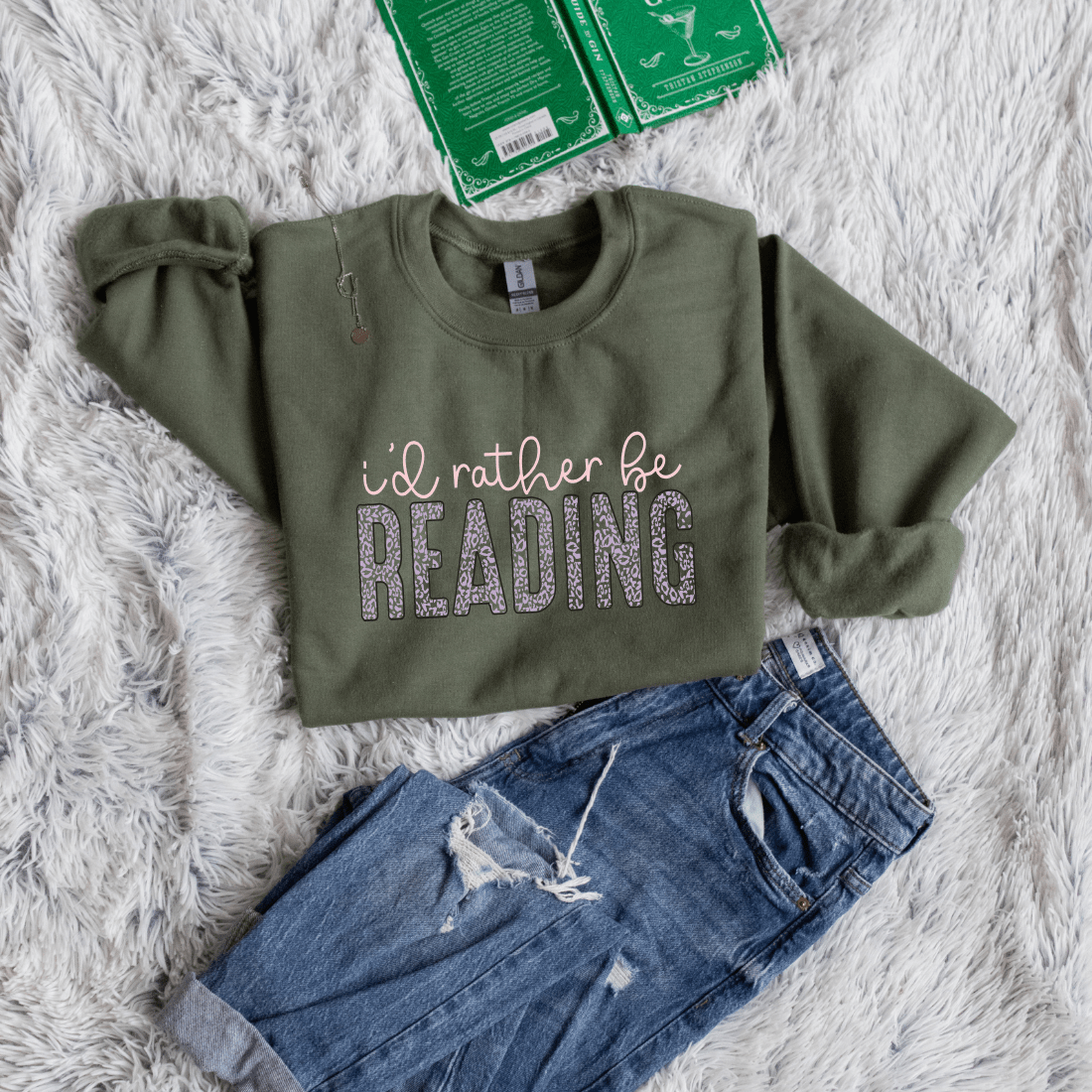
Books with Maps, Timelines, or Family Trees – Navigating Complex Stories
Table of content
- 1. Key Takeaways
- 2. Why Visual Aids Matter in Complex Books
- 3. Books That Feature Maps – And Why Readers Love Them
- 4. Timelines in Books: Keeping Track Without Losing the Thread
- 5. Family Trees in Literature: Untangling Generational Sagas
- 6. Books for Beginners: Easy Introductions to Visual Aids in Storytelling
- 7. Tips for Book Clubs: How to Use Visual Aids in Group Discussions
- 8. Gift Ideas: Book-Themed Apparel Inspired by Story Maps and Lineage
- 9. Visual Learning and Reading Retention: What Science Says
Key Takeaways
- Maps, timelines, and family trees help make complex stories easier to follow.
- These features are common in fantasy, historical fiction, and multi-generational books.
- Visual aids support memory and boost reader engagement.
- Book clubs can use these tools to deepen discussion.
- Many book-themed products feature these visual elements.
Why Visual Aids Matter in Complex Books
Books with a lot of characters, time shifts, or places can feel overwhelming. Maps, timelines, and family trees give you a clearer picture of what's going on. They help you understand where things are, who people are, and when events happen. Visual aids work like a reading compass—they guide you through the story.
Fantasy books, historical sagas, and time-travel stories benefit the most from these features. These genres often include layered plots that are easier to manage with visual support. How Your Brain Develops While Reading shares how reading and visual learning can go hand-in-hand.
Books That Feature Maps – And Why Readers Love Them
Maps in books aren’t just for decoration. They show locations, distances, and how characters move through the story. This is especially helpful in large fantasy worlds or unfamiliar settings.
Popular Books with Maps
- The Lord of the Rings by J.R.R. Tolkien
- Eragon by Christopher Paolini
- The Priory of the Orange Tree by Samantha Shannon
Maps help readers feel like they’re part of the world. To explore more, check out The Best Fantasy Books That Will Truly Enchant You.
Timelines in Books: Keeping Track Without Losing the Thread
Stories don’t always move in order. Some jump back and forth in time, while others have many events happening at once. Timelines help readers stay focused and understand the bigger picture.
Books like Cloud Atlas or The Seven Husbands of Evelyn Hugo use timelines to structure the story. This keeps things organized and helps you follow the emotional flow.
Here’s a quick table:
| Book | Timeline Style | Genre | Use |
| Cloud Atlas | Interlinked narratives | Literary Fiction | Shifts across centuries |
| The Night Watch | Reverse order | Urban Fantasy | Events move backward |
| The Seven Husbands of Evelyn Hugo | Flashbacks/interviews | Historical Fiction | Memories told in past + present |
Want to go deeper? This article on timeline structure is a great resource.
Family Trees in Literature: Untangling Generational Sagas
Family trees in books are like road maps for characters. They show who’s connected, who’s related, and how generations unfold. This is especially useful in books with long family histories.
Examples like One Hundred Years of Solitude or Wuthering Heights often confuse readers without a chart. When you see how characters are related, the story makes more sense. It’s helpful in emotional and plot-heavy scenes. You can explore more like this in Classic Books You Should Definitely Own.
Books for Beginners: Easy Introductions to Visual Aids in Storytelling
Not every book with visuals is super complex. Some titles include simple maps or timelines to help younger or new readers. These are great for easing into more detailed stories later.
Books like Percy Jackson, Wonderstruck, and Mortal Engines offer great visuals. These tools make it easier to enjoy the story without getting overwhelmed. They're perfect for new readers or fun group reads.
Check out Top 5 Book Series to Dive Into for more approachable series.
Tips for Book Clubs: How to Use Visual Aids in Group Discussions
Book clubs can use maps, timelines, or trees during meetings. It helps everyone stay on track, especially in stories with lots of characters. You don’t need anything fancy—just a printed page or sketch works.
Here are a few simple ideas:
- Share a map digitally or print copies.
- Create a timeline of main events as a group.
- Sketch out a family tree together and add notes.
More discussion ideas are available in 5 Questions to Spark Engaging Book Club Discussions.
Gift Ideas: Book-Themed Apparel Inspired by Story Maps and Lineage
If you love maps in books, you might love wearing them too. Bookish Wardrobe offers apparel and gifts featuring story maps, quotes, and lineage prints. These are perfect for fans of big fictional worlds.
You can find:
- Map-themed T-shirts and scarves
- Tote bags with timeline designs
- Posters of famous book family trees
Browse our picks at Christmas Gift Ideas for Book Lovers or try Litographs for more options.
Visual Learning and Reading Retention: What Science Says
Seeing things while reading helps many people understand better. Visual learners, neurodivergent readers, and even stressed-out minds benefit from extra support. A map or chart can turn confusion into clarity.
These tools can also improve memory and focus. You remember more when you can see how parts of the story connect. Reading Rituals That Help You Unwind and Focus offers more ways to support your reading brain.
Are maps and timelines only for fantasy books?
No. They also show up in sci-fi, historical fiction, and even biographies.
Where can I find books with family trees?
Check editions of classics and generational sagas. They often come with updated visual extras.
What if my book doesn’t have a map or timeline?
Make your own using paper or apps like Canva, Notion, or Preceden.
Do visual aids help kids or teens read better?
Yes. They help break down big ideas into something easier to understand and follow.







